Background information
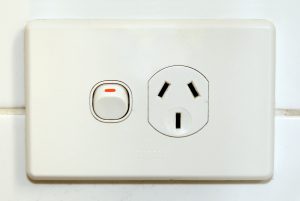
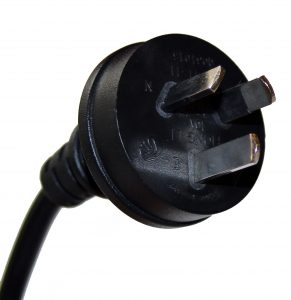 Type I is mainly used in Australia, New Zealand, Papua New Guinea, China and Argentina. (Click here for the full list of all countries that use type I)
Type I is mainly used in Australia, New Zealand, Papua New Guinea, China and Argentina. (Click here for the full list of all countries that use type I)
This 10 amp plug has two flat 1.6 mm thick blades, set at 30° to the vertical, forming an upside-down V. Their centres are spaced 13.7 mm apart and both prongs measure 17.3 mm in length and 6.3 mm in width. The flat earth blade also measures 6.3 by 1.6 mm, but it is 20 mm long. The distance between the centre of the grounding pin and the middle of the plug is 10.3 mm. There is an ungrounded version of this plug as well, with only two flat V-shaped prongs. Both plug versions have insulated live and neutral pins, so even if the plug is not fully inserted into a socket, touching the exposed part of the prongs can’t give you a shock.
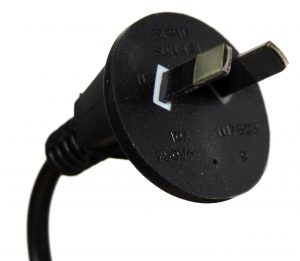 The reason as to why the dimensions of the Argentinian type I are very similar to those of type A is because it is actually an obsolete type of American plug. It was patented in 1916 by Harvey Hubbell II, the same electrical engineer who had invented the type A plug. Hubbell’s three-blade design never proved popular in the U.S. because of its incompatibility with the existing type A plug, but it was favoured in Argentina over the European type C and F systems.
The reason as to why the dimensions of the Argentinian type I are very similar to those of type A is because it is actually an obsolete type of American plug. It was patented in 1916 by Harvey Hubbell II, the same electrical engineer who had invented the type A plug. Hubbell’s three-blade design never proved popular in the U.S. because of its incompatibility with the existing type A plug, but it was favoured in Argentina over the European type C and F systems.
In Australasia and Argentina, type I receptacles typically have the earth contact positioned downwards, whereas in China sockets usually have the earth contact at the top.
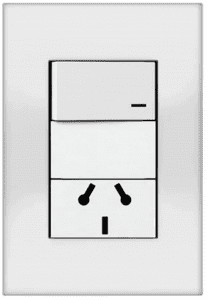
Argentinian hybrid socket that accepts both type C and type I plugs
The Europlug (type C) used to be very common in Argentina, which explains why some homes and hotels sometimes have hybrid sockets that accommodate both types C and I.
Click here for a global map showing the spread of the different plug types used around the world.
Click here for a detailed list of the countries of the world with their respective plug and outlet types, voltage and frequency.


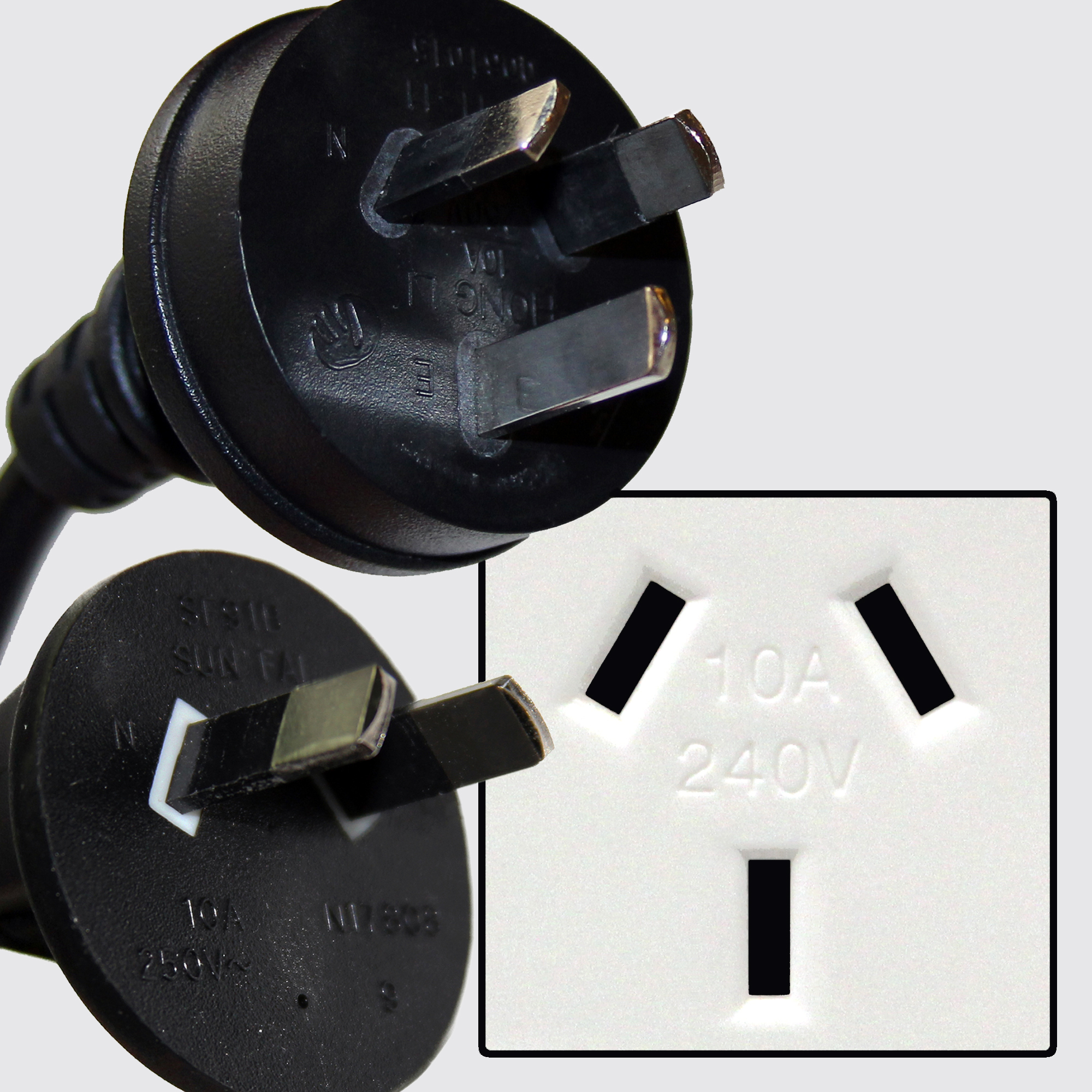

 Type I is mainly used in
Type I is mainly used in  The reason as to why the dimensions of the Argentinian type I are very similar to those of
The reason as to why the dimensions of the Argentinian type I are very similar to those of 
